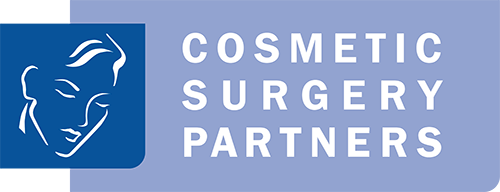How Does Liposuction Work?
According to the BAAPS, there were 50,122 cosmetic procedures in 2013 – a rise of 17% on the previous year; and of these, there were 4,326 liposuction procedures, up a massive 41% on the previous year, making it one of the most popular cosmetic procedures.
Liposuction, also known as lipoplasty or liposculpture is an operation that essentially sucks excess fat out from under your skin.
Liposuction can be done on your tummy, hips, buttocks, neck, arms, thighs, knees and ankles; any area that has excess fat. However, there is a limit to the amount of fat that can be safely removed from any area of your body, so it may not be possible to reduce an area as much as you would like. Liposuction is not a treatment to lose weight, control obesity or remove small amounts of fat that an individual wasn’t able to shift via a diet or exercise. It is a serious procedure for removing excessive amounts of fat from your body.
The liposuction procedure is usually carried out under general anaesthesia. If you are having just a small area treated, the operation may be carried out under local anaesthesia. Your surgeon will discuss with you the full procedure, and any pain you might have, helping you to understand the risks, benefits and any alternatives to the procedure.
The surgeon will discuss the areas you want treated and will then mark the treatment area(s) on your body. Photographs may be taken, so that the results of the liposuction can be compared with your original appearance. Liposuction is often done as a day surgery, but you may need to stay in the hospital overnight if you’re having large areas treated. There are three different types of liposuction procedures: wet liposuction, dry liposuction, and ultrasound liposuction.





